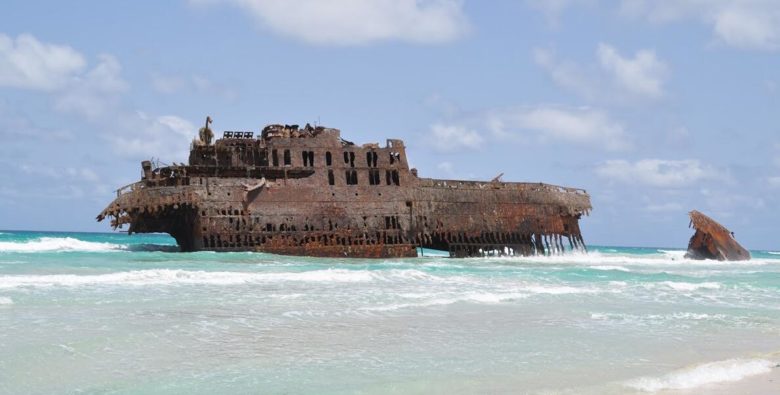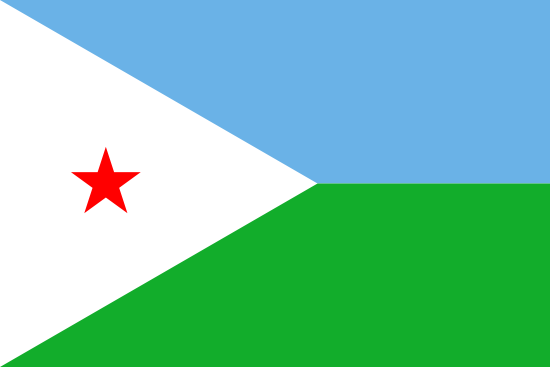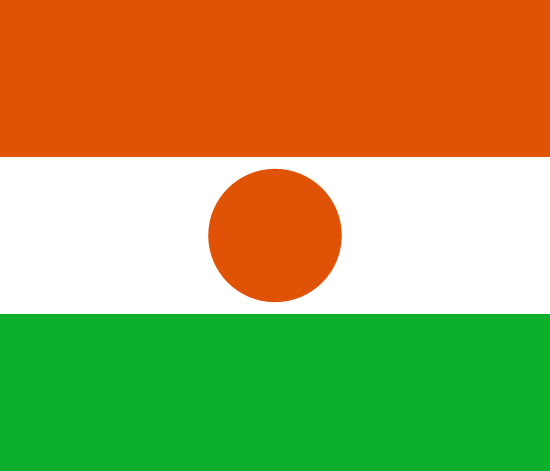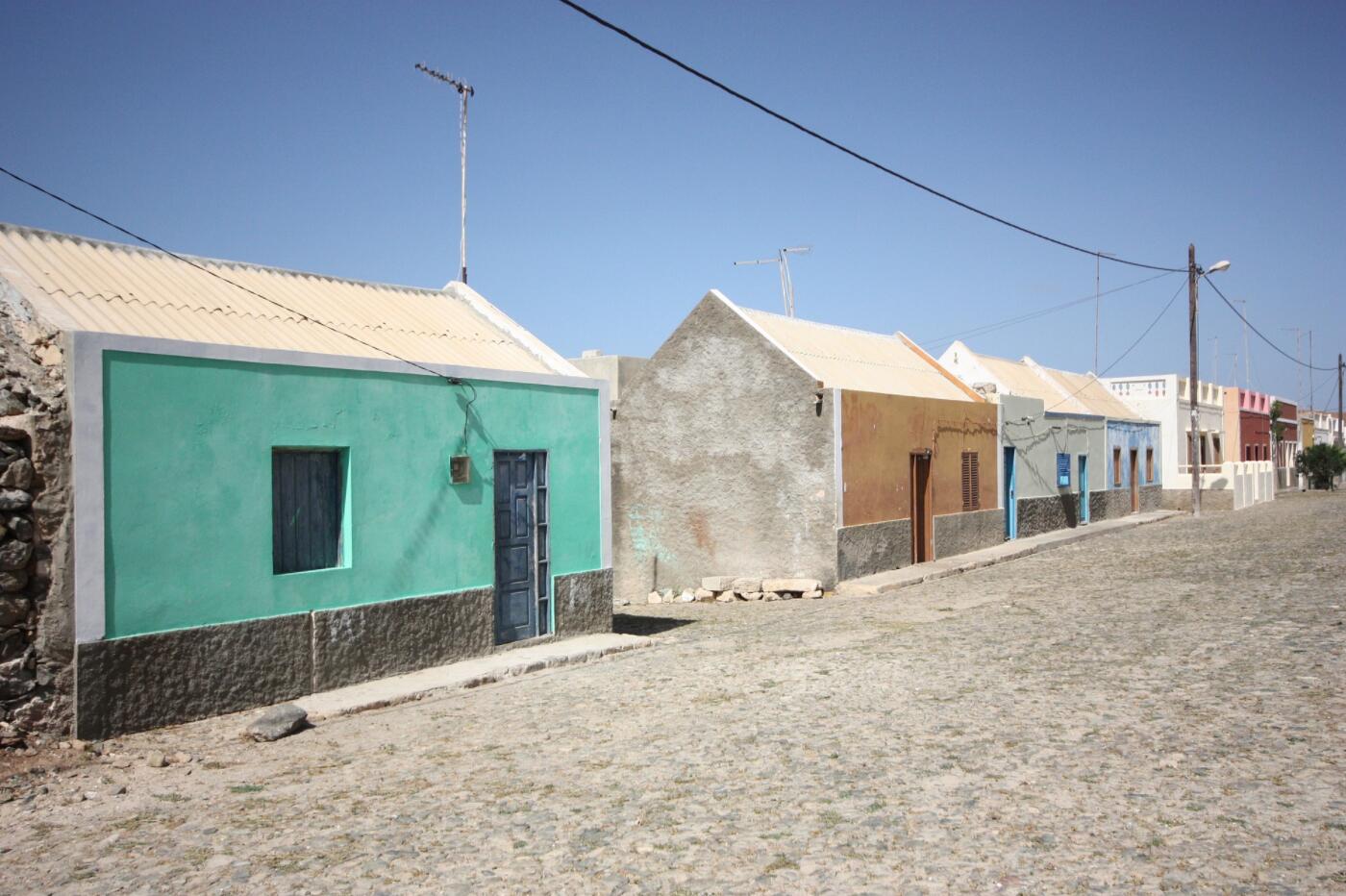Cape Verde’s History
No traces of settlement were found on Cape Verde until the first European seafarers from Portugal arrived there in 1446; the archipelago was then uninhabited. It is believed that the Moors have previously visited the island of Sal to obtain salt. Settlement of the islands started in 1456, and they were declared a Portuguese colony in 1495.
Portuguese colony
Due to its strategic location, the Cape Verde Islands became very important for the slave trade between West Africa and Latin America, and the Portuguese used the islands as an intermediate station for slave traffic as early as 1466. In 1585 and 1592 a British naval force attacked Ribeira Grande. France attacked the city in 1712, after which its importance sank, until Praia became the new capital in 1770.
The Portuguese administration of Cape Verde was gathered under a governor in 1587. The population was Portuguese and slaves imported from the African mainland. The slaves were used as laborers on the Portuguese plantations created on the islands. In the 19th century, about 80,000 Cape Verdeans were forced the other way to work on the plantations at São Tomé and Príncipe, another Portuguese colony in West Africa.
The slave trade was banned in 1876, and together with a severe drought it led to an economic downturn for the archipelago, which, however, until modern times has been an important hub for shipping between Europe, Africa and Latin America. During the colonial period, more people from the Cape Verde Islands than from the other Portuguese colonies in Africa received education, and were used in the administration of the other colonies, especially in Guinea-Bissau, where there is still a large proportion of Cape Verdeans in senior positions. The archipelago’s status was changed from colony to overseas province in 1951, and in 1961 all inhabitants were granted Portuguese citizenship.
Contact between Cape Verde and Guinea-Bissau has always been close, and as the liberation struggle against the Portuguese colonial government began, a joint organization for the two colonies was formed, Partido Africano da Independencia de Guinea e Cabo Verde ( PAIGC ). PAIGC was formed in 1956, and many of its leaders, including founder Amilcar Cabral, came from Cape Verde. The movement worked for independence from Portugal and waged an armed liberation war in Guinea-Bissau. On the islands, where the natural conditions did not facilitate guerrilla warfare, the movement carried on political underground work.
In 1972, PAIGC was recognized by the United Nations as the rightful representative of the people of Cape Verde, and after the revolution in Portugal in April 1974, a transitional government was established on the islands. It consisted of both Cape Verdeans and Portuguese, laying the ground for independence, which was achieved on July 5, 1975. Prior to independence, elections were held, won by PAIGC, and the country’s first president was Aristides Pereira, re-elected in 1986. Pereira had succeeded Cabral as leader of PAIGC when Cabral was assassinated in 1973.
Empowerment
Since independence, Cape Verde’s everyday life has been largely dominated by financial problems, partly caused by drought problems, as well as the relationship with Guinea-Bissau. It was a stated goal for PAIGC that the two states should unite, but the 1980 coup in Guinea-Bissau put an end to union work. The coup led to a break in diplomatic relations, and in 1981 the PAIGC branch at Cape Verde decided to break with the department on the mainland. Instead, a separate party, Partido Africano da Independencia de Cabo Verde (PAICV), was formed, with Aristides Pereira as its leader.
The party was the only allowed until 1990, when a multi-party system was introduced after the political opposition forced a referendum on the matter. Cape Verde thus became the first of the five Portuguese-speaking countries in Africa to introduce democratic governance. In the subsequent general election in 1991, the opposition party Movimento para Democracia (MPD) won 56 out of a total of 79 seats; the remaining 23 went to PAICV. The incumbent president Aristides Pereira lost to MPD’s António Mascarenhas Monteiro.
A new constitution was passed in 1992, and the second republic was opened; a new flag and new national anthem were introduced. Despite a split in the party, MPD again won a pure majority in parliament at the 1995 election, PAICV becoming second largest. In the 2001 and 2006 elections, PAICV was again the largest party. Monteiro was re-elected in 1996 without a candidate; at the 2001 election, PAICV’s Pedro Pires was elected president, just a few votes ahead of Carlos Alberto de Carvalho Veiga of the MPD. Pires was re-elected in 2006, with 51 percent of the vote – against Carlos Alberto Wahnon de Carvarlho Veiga from MPD, who got 49 percent.
A constitutional amendment 1999 opened up the possibility of making Creole similar to Portuguese as the official language.
Foreign Policy
The island state of Cape Verde is geographically isolated from the rest of Africa, but for historical reasons has had particularly close links to Guinea-Bissau as well as the other former Portuguese colonies in Africa. Relations with the sister Republic of Guinea-Bissau were weakened after the 1980 military coup, and plans for a merger ceased. In 1998-99, Cape Verde played an active role as a mediator in the civil war in Guinea-Bissau. Particularly close is the relationship with the former colonial power Portugal, which also provides considerable financial support.
Close links have also been developed with the Portuguese islands (regions) of the Azores and Madeira, as well as with the autonomous Spanish region of the Canary Islands. Cape Verde is a member of the Portuguese-speaking countries organization, the Comunidade de Países de Língua Portuguesa (CPLP), established in 1996, as well as the francophone bloc. Cape Verde is a member of several international organizations, including the West African collaborative organization ECOWAS. The country was admitted to the World Trade Organization (WTO) in 2007.
In the late 1980s, President Pereira was active as a mediator on the issue of Namibian independence and the war in Angola, as well as in the border dispute between Guinea-Bissau and Senegal. Cape Verde itself signed an agreement on maritime demarcation line with Senegal in 1993. A strategic cooperation agreement between Angola and Cape Verde was signed in 2003; About 100,000 race-wearers are living in Angola. The relationship with the United States has also been developed, partly due to the fact that approx. 400,000 Cape Verdean dwellers stay there.
In 2006, NATO conducted a major military exercise with approx. 7,000 soldiers – “Steadfast Jaguar 06” – on and off the São Vicente Island. Norway also contributed special forces.



